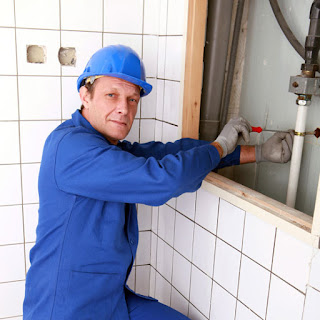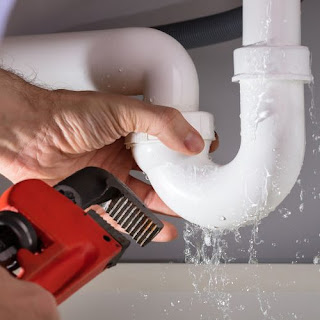The Basics of Gas Piping Inspection
Unlike water plumbing, gas piping is not easy to place or fix considering the potential safety concerns that may arise. A few months more and the northern part of the country will start fueling a boiler or furnace due to the blistering cold yet to come. But how can you ensure how your gas piping is up for any challenge. We have been experts in identifying deficiencies and providing finest gas plumbing in Chevy Chase MD. This blog will shed some light on the basics of how you can inspect gas piping and determine whether you need to call a gas plumbing expert or not.
Branch, Supply, Drop Lines
To know where to check, you first need to know what gas piping structure consists of. For instance, the piping inside a house is known as either a building line or supply line whereas the line going to an individual appliance is known as the branch line. When the branch line drops down vertically to fuel an appliance, it is then known as a drop line. Dropline is also called a riser if the branch line is below the appliance.
Sediment Trap or Dirt Pocket
Every appliance carries a drip leg or sediment trap or dirt pocket that includes a cap and a nipple. This sediment trap seals the connection point of the appliance and gas pipe. The 3-inch pipe extension allows proper filtration by capturing all the unwanted material such as water or dirt in this extension. You may think that there’s a technique involved in the technique but it just works with gravity since all the liquids and solids fall straight into the pocket.
Piping Material
There are three common materials used in gas pipes including copper, steel, and brass. Black steel is the most popular among everything used in building gas pipes until now. Apart from that, some areas are built with galvanized steel, brass, copper, and corrugated stainless steel tubing or CSST. To pick one for your area, know what material has been successful in your area. Ask one of your neighbors or friends.
Problems You May Identify
Contrary to popular belief, leaks are not the only problem you may encounter while doing the basic gas piping inspection. In our years of experience offering gas plumbing in Chevy Chase MD, we have witnessed several gas piping issues, including, but not limited to:
Leaks
Rusting
Inappropriate materials
Improper connections
Inadequate support
No drip leg
Missing shut-off valve
Plastic pipe exposed above grade
Copper tubing not properly labeled
Piping in chimneys or duct systems
All these problems can result in severe gas leaks and end up exploding the whole place. Fortunately, reliable plumbing service in Chevy Chase, MD eliminates potential gas leaks and explosions by ensuring all these problems are eliminated.
Conclusion
While this guide can help you identify the problems, when it comes to eliminating them, you need an expert. Opt for Service Force plumbing solutions and get same-day plumbing with latest tools and experienced professionals.


Comments
Post a Comment